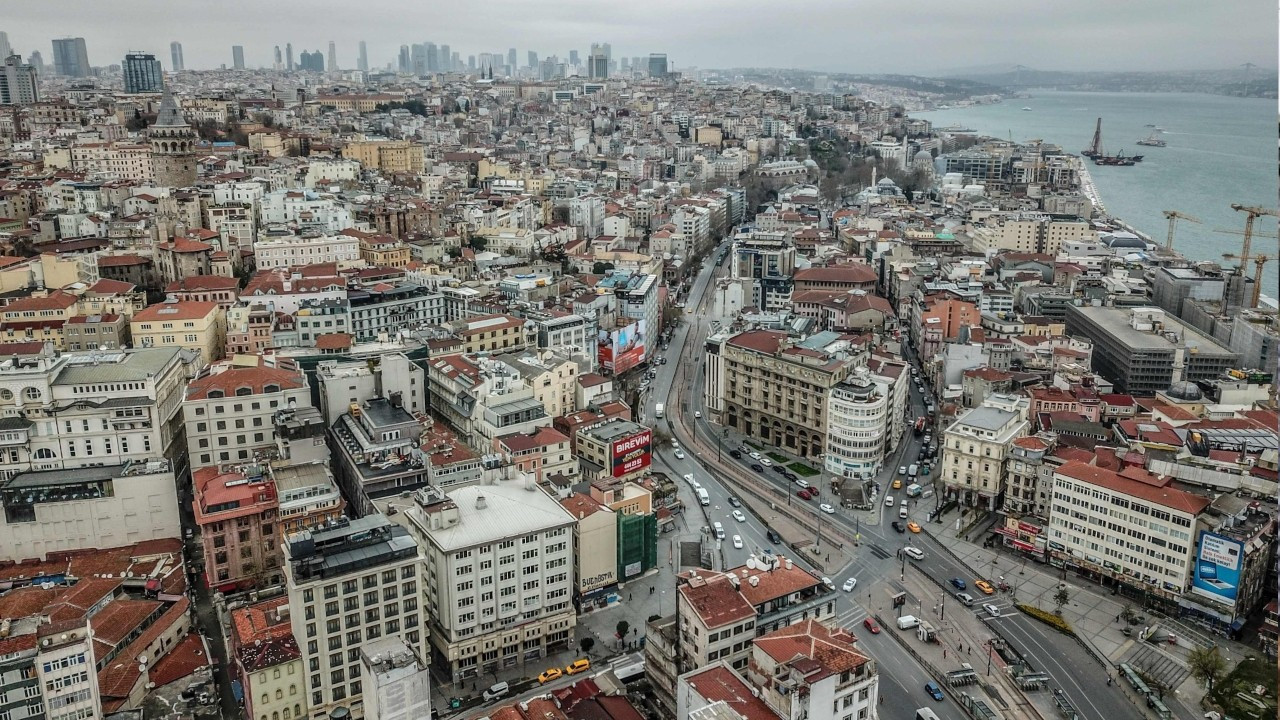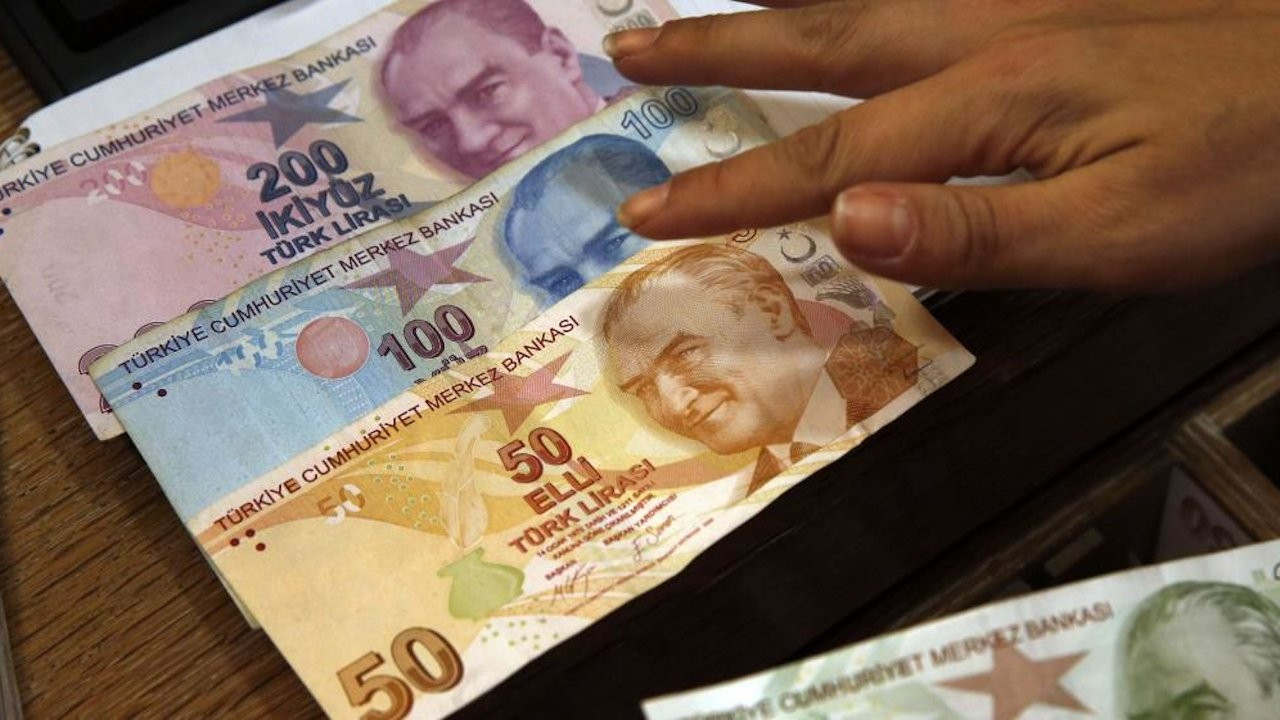Watch and learn how to deal with interest rates
As of the end of July, Turkish Treasury’s domestic debt of foreign currency and gold was $28.2 billion. The cost of this stock will be clear as it matures. Now Ankara needs “pure luck” so that the exchange rate and the price of gold ounces to be low on the due dates of those debts. These debts are one of the many wrecks that will be left to any new government.
It was the third anniversary of the “presidential government system” in Turkey last month. During these three years, we have seen the collapse of institutions and rules in our country. In every crisis that erupted, the government’s efforts to divert the source of problems and to eliminate responsibility for all crises, whether economic, health or climate crisis, have intensified. However, they have also made propaganda on how “successfully” they have managed every crisis.
Increasingly, in all fields, decisions made to save the day are leaving a huge wreckage behind. It is as if the government thinks it will not be able to stay in power after the next elections (in 2023) and with one last effort it is trying to prevent it with decisions that destroy our future and create havoc.
An example of this is in the economy: In addition to the policies that have depreciated the Turkish Lira (TL) in the last three years, the government started borrowing in foreign currency and gold instead of the TL. After President Erdoğan appointed his son-in-law Berat Albayrak as Economy Minister, Albayrak began borrowing foreign currency and gold domestically.
The government advised its citizens to keep TL and trust the TL, but it was borrowing foreign currency and gold from its own citizens and domestic institutions.
It is reasonable for the Treasury, which manages government debts and the cash, to borrow foreign currency from abroad, because there is no institution that generates foreign currency and prints foreign currency at home. But it is pure ignorance not to know that borrowing foreign currency and gold from your own citizens will put upward pressure on the exchange rate.
Principle until 2018
Let’s also remember this: The main principle that the Treasury adopted until 2018 on foreign debt payments was “Borrow as much as the principal amount, pay the interest out of the pocket.” For example, if there was $8 billion in principal and $2 billion in interest payments, then the Treasury borrowed a net $8 billion that year. This all would come from sources abroad. The principle of “not selling foreign currency bonds domestically” was kept. This principle has also been sent to the trash can.
Now, let’s take a look at what kind of a change we experienced in the Treasury’s debt stock data since 2018.
The foreign currency debt of the government consists mainly of external borrowing. Before the 2001 crisis, politicians thought they would fend off the crisis easily by “giving individuals, banks and companies what they wanted when they bought foreign currency” and they sold foreign currency bonds at home. This situation was reversed by the IMF’s rules set after the 2001 crisis. In early 2012, the foreign currency domestic debt stock was zero.
When Albayrak took office, the Treasury’s foreign currency debt stock was $88.8 billion. There was also no debt due to the issuance of bonds to individuals or companies at home. The share of foreign currency debts in total debts was 42 percent.
The share of foreign currency debts in total debt stock was 27.8 percent in January 2012. Even though the borrowing strategy did not change, in June 2018 it was 42 percent. This is because TL started to depreciate after 2013 and exchange rate differences increased foreign currency debts, consequently increased their share.
With Albayrak’s appointment in 2018, foreign currency borrowing domestically has restarted. In fact, this type of borrowing and its consequences became an important indicator of the economic crisis in Turkey.
Between July 2018 and November 2020 when Albayrak was in office, foreign currency debts increased to $138.8 billion. That is an increase of exactly $49.6 billion. Out of that, $36 billion was borrowed domestically, that is, foreign currency and gold borrowed inside Turkey.
During Albayrak’s term, the foreign borrowing strategy was violated. During that period, $13.9 billion of principal and $11 billion in interest payments were made, while external borrowing was $21.3 billion. Much more than the principal payments were borrowed.
Why did Albayrak borrow $50 billion extra?
The only explanation is this: He must have wished to reduce interest rates by limiting TL borrowing. But borrowing foreign currency and gold was a risk, wasn’t it? Here’s the possible explanation: He thought he would be able to control the exchange rate by selling foreign currency. As a matter of fact, the Central Bank eroded its foreign currency reserves and further eroded them. Most probably Albayrak thought that by selling foreign currency this way, he would be able to “keep the rate at a certain point” and be able to TL appreciate again.
Albayrak brought interest rates to negative real interest rates through the Central Bank administration, which he controlled. Also, through the Banking Regulation and Supervision Agency (BDDK), he ensured that a giant number of credits were introduced to the system. This was possible with a practice that forced banks to lend, named the “active ratio,” imposing heavy fines if they did not.
These two steps weakened the TL. While the foreign currency reserves melted down, this situation was trying to be hidden from the public. This unprecedented self-confidence in Ankara drove the economy to an extraordinary fragility. Albayrak stepped down on November 6, 2020. The economy is not at any better state after this.
Albayrak’s successor, Lütfi Elvan, continued to borrow foreign currency and gold. Elvan’s “Economic reform” texts pledged to reduce the share of domestic gold and foreign currency borrowings. Even though the domestic foreign exchange and gold debt stock decreased from $36.2 billion to $33.3 billion, the share of foreign currency debts in the total debt stock increased from 57.7 percent which was the ratio when Albayrak left to 58.3 percent as of the end of June 2021. The reason for this is that although Elvan has reduced domestic borrowing, foreign debt stock has increased and the foreign exchange rate continues to increase.
As to whether or not Albayrak’s “game-changing” foreign currency-gold borrowing and interest rate-cutting efforts are working, we have seen that one cannot keep the exchange rate by melting down reserves; it only makes it worse.
What about its cost?
As of the end of July, the Treasury’s domestic debt of foreign currency and gold was $28.2 billion. The cost of this stock will be clear as it matures. Debts of Elvan’s term are also included in this stock.
Let’s look at the stock and its cost, when debts are due.
If one believes, “Let me borrow foreign currency. The interest is several times lower than the TL,” then we should question this irrational mentality.
In the three-year period from July 2018 to July 2021, the amount of gold and foreign currency bonds due from foreign currency and gold borrowings made by the Albayrak management is $19.2 billion. Out of this, $12.7 billion consists of foreign currency bonds and lease certificates and $6.7 billion consists of gold bonds and lease certificates.
I have calculated the average cost of $19.2 billion borrowing (exchange rate and gold price differences, interest paid on bonds or shares) at 31.8 percent per annum year. On those days when bonds were sold, the average cost would have been 14 percent if TL bonds had been issued at market interest rates instead of this FX or gold borrowing.
Thus, with this “game-changing” magnificent (!) strategy, more than twice the 14 per cent interest -which they considered high- was loaded on the Treasury.
The cost breakdown of this $19.2 billion due debt is as follows: The average cost of foreign currency bonds is 27 percent and the average cost of gold bonds is 40.5 percent per year.
The reason why the cost of gold borrowing is so high is that the price of gold at the time of borrowing was 1200-1300 dollars per ounce. It increased to 1800-1900 dollars when it was due. Additionally, the lira has also lost value against the dollar. It is also very clear that the price risk of gold borrowing has not been hedged.
As a matter of fact, no one would have thought that treasury borrowing would be turned into a “Ponzi scheme.”
What did President Erdoğan say in his speech five days before the June 24, 2018 general elections, before moving to a new regime?
“This foreign exchange rate, none of this is what determines our future. We will determine our future. On the 24th, you give this brother of yours the power and then you will see how to deal with this interest rate.”
Well, have you seen it now?
With the so-called “game-changing” policy of the government that complained about interest rates, perhaps the most expensive cost of the last 20 years was paid by the Treasury. This is only the interest paid by the public.
Now Ankara needs “pure luck” so that the exchange rate and the price of gold ounces to be low on the due dates of those debts. These debts are one of the many wrecks that will be left to any new government. The possibility also remains that an assuring new government will lead to the valuation appreciation of the lira and pay these debts with lesser damage.


 Turkey tops Europe in housing price increasesEconomy
Turkey tops Europe in housing price increasesEconomy 'Real value of lira at all-time low, Erdoğan to blame'Economy
'Real value of lira at all-time low, Erdoğan to blame'Economy